Android was obviously a hot topic at today’s Mobile First CrunchUp (just ask Chamillionaire). There was a lot of discussion on the difficulty Android developers face when designing for Android. During an earlier panel, Tech Crunch even went as far asking why iPhone apps simply look better than Android apps. With the day winding to a close and during the last roundtable session Mike Isaac from Wired threw out another question to Matias Duarte, Google’s design lead, regarding the next version of Android (Ice Cream Sandwich). He wanted to know how ICS would help developers produce better looking apps across the many form factors Android has to adapt to like Google TV, phones and tablets. Duarte explained that things will continue to get better as the Android platform evolves and becomes more mature.
Here’s a little paraphrased excerpt of Matias Duarte’s describing the next version of Android, Ice Cream Sandwich:
Ice Cream Sandwich will continue the very challenging job of trying to create an embeddable platform that has the flexibility of the web. We’re trying to make one size fits all, and there are different products for different needs. That said, we know it is hard to design in that environment. Ice Cream Sandwich gives you a lot of tools to help you build one app that works more seamlessly across a variety of screen sizes and different form factors. And before that, we’re rolling out tools that help developers focus and optimize. We recently launched features that let you have multiple APKs and specific device targeting. We’re looking to make that transition easier and create really good-looking stuff on Android.
So there you have it, straight from Google’s design lead, Matias Duarte. Developing for multiple form factors will still prove a challenge for devs but Ice Cream Sandwich should help to alleviate some of that pain. I’m just excited to get a “mini” Honeycomb UI on my Android smartphone but lets hope it wont be at the cost of fragmentation.
[Via TechCrunch]

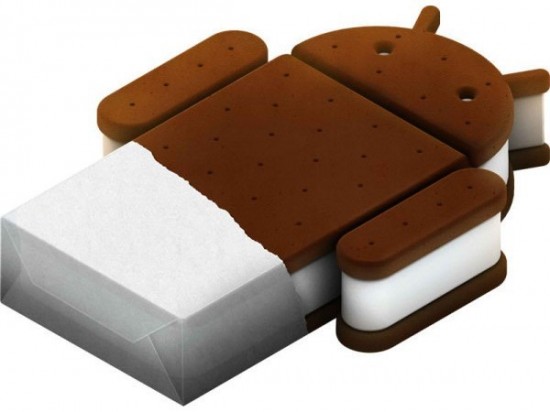



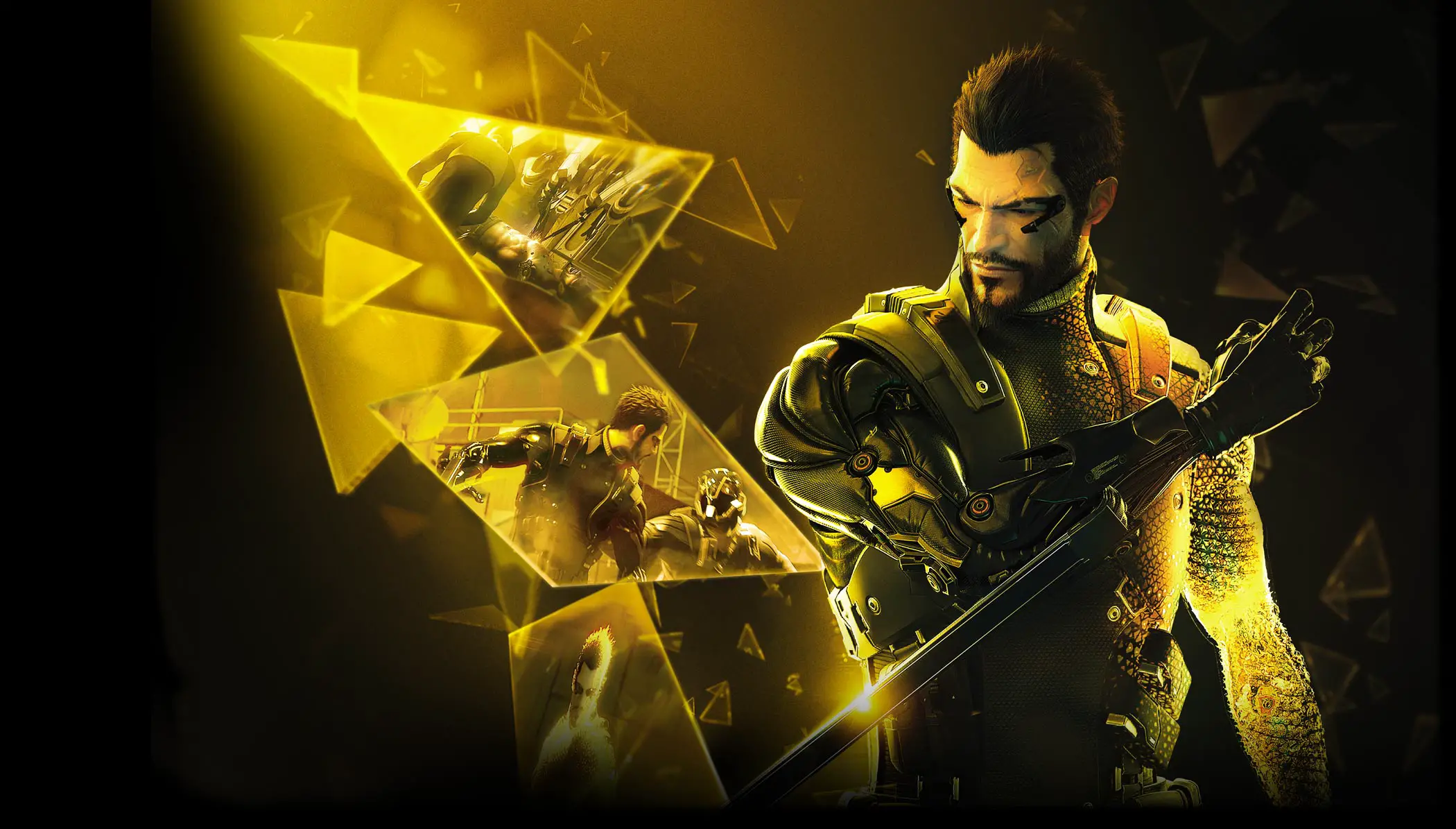
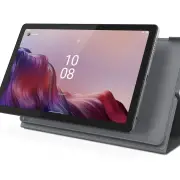
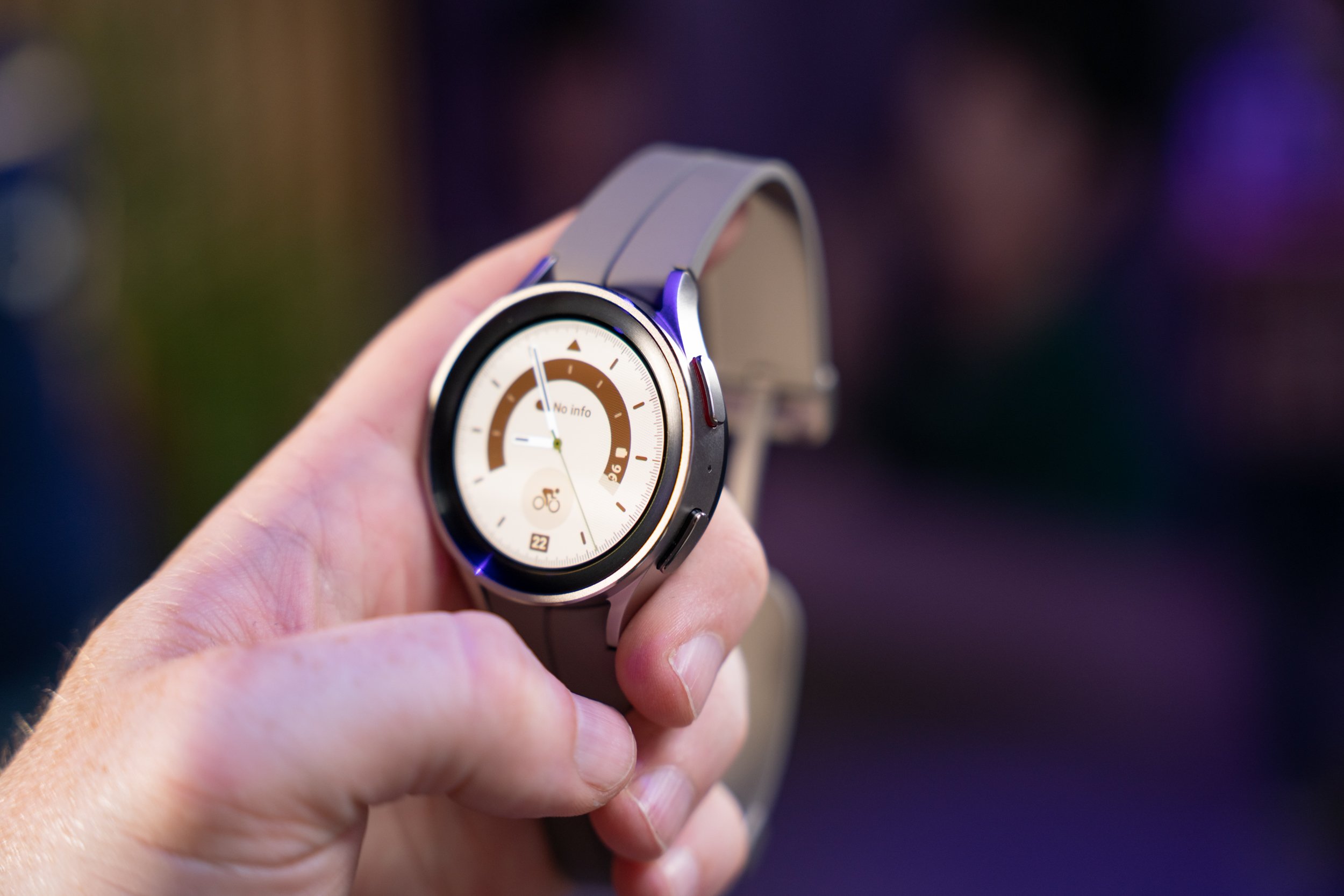
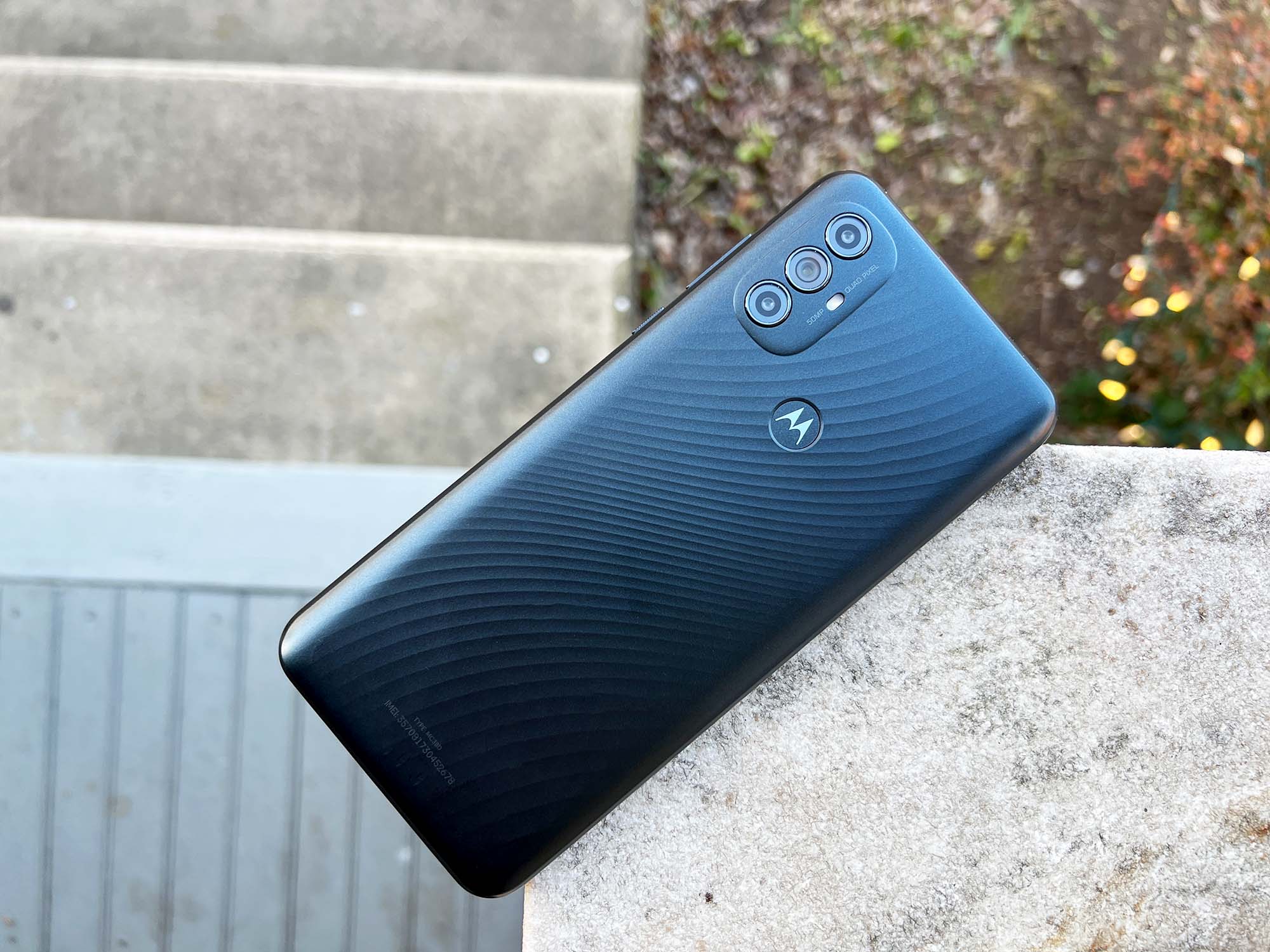

I can’t imagine ice cream sandwich to be on all android devices…It is possible but would take some time, probably years. The market is jus barely scratching the surface with gingerbread…but if that day ever come where every android device is on the same operating system would be fun..
Yeah, in a way, I almost consider Honeycomb like “starting over” for Android. Can’t wait to see what the future holds and what Ice Cream Sandwich brings to the table…
I think the updated music player, the youtube app and of course the new android market can give us some clue about the new design of ICS.
i think i will go out on a limb and say that ice cream will require a dual core processor and 1 gig of ram
Doubt it since nexus s has neither of those and google isn’t just going to abandon their nexus phone barely a year later.
Yes but what about the software buttons in ICS? Will the Nexus S’s hardware buttons become innactive, or will there be two rows of buttons?!
Matias said that will not be a requirement to run Ice Cream.
Watch him say that in this interview : http://www.engadget.com/2011/01/07/exclusive-interview-googles-matias-duarte-talks-honeycomb-tab/
ICS can use hardware and software buttons
They said at IO the current plan was to not use on screen buttons if the phone has hardware buttons but to allow software buttons like what honeycomb has right now if the the device doesn’t have buttons. There’s a big rumor the Nexus Prime/Plus/Three will not have any hw buttons at all on the front (all screen).
If Samsung is making it, dedicated Camera button is all I ask.
I wonder when we will get to see the first video’s of ICS…..hopefully they will be showed on a nexus prime/3 device….
You can already tell where the the design language is going if you look at Honeycomb 3.2 and the newest google apps, particularly Music Beta and the new Market. I strongly suspect ICS will have a honeycomb like theme (blacks/grey with neon green/orange/blue highlights) and increased WP7 like menus, especially the panaroma menu hinting. Thats where the UI tells the user more options are available by keeping part of the words to the left or right of the currently active menu in view – you can see this in the new market under Apps where you see ATEGORIES FEATURED TOPPAI on the top menu bar.
“…but lets hope it wont be at the cost of fragmentation.”
Oh I guarantee it will. The manufacturers and carriers already take 7-8 months to put GB onto phones. I can’t imagine this SERIOUS step up to ICS being an easier task to put it onto these devices.
The way we(geeks) shop for phones might change from the latest and greatest hardware to the Updated software wielding device. We’re at a point now where phones like the Sensation and GSII are as top notch as the vast majority of us actually desire.
If the software becomes a once a year MAJOR change then it will be more highly sought after.
Just IMO of course.
That is the main goal with Ice Cream Sandwich. One OS that runs on all devices, minimizing fragmentation.
Gingerbread devices will still be sold at the beginning of next year which means wondering if your device will get updated all the way through most of 2012.
I give it til 2013 when fragmentation can be a thing of the past.
Oh and I don’t blame Google one bit.
Cyanogen(mod) should solve that problem until then for most devices. :)
CM7 doesn’t run on everything and the quality of the mod varies greatly from device to device. On newer more powerful phones the CM7 support is great – everything works, on older phones support is not that great and sometimes things like cameras/gps/bluetooth don’t work properly.
Hmm… I think that’s why he said “most devices” meaning he must know about what you just said.
Justa thought though. LoL!!
I think there is always going to be unexpected hardware improvements (and of course associated software improvements) and this will perpetually drive consumers to want the latest hardware.
The best example for the future I can think of is a Kinect-type implementation on the front-facing camera, which I hear more and more rumors about.
People who desire the software will simply buy phones that have unlocked bootloaders. The rest will buy the best phone they can get for $100 after their contract renewal rebate.
I’ll be surprised if this ever happens. It’s already too far in the “open” game that it will always be heavily fragmented.
In communist Russia iPhone develops you. This is why I love Android. An attempt to design for one size fits all. It’s a very honorable notion. Think about it, what’s better, dictating one screen size, one form factor, and one OS or offering options. Something that loon iKing will never come to terms with. The high end Android phones are just fine. My buddy just went from an iPhone 4 to an Incredible 2. The incredible 2 has the perfect build, screen size, and form factor. He’s been bitching about E-mail notifications, but that’s my bad. I have to unify his mailbox and shut his Gmail down. Even after using vanilla Android for a year I still enjoy HTC Sense.
So in an attempt to develop for one-size-fits-all developers can use multiple APKs? Don’t get me wrong I understand different devices have different needs, but the way that came out sounds like a reality distortion field.
Soon (2012-2013) we’ll have quad core 2.5 Ghz Cortex A15 phones and tablets. Imagine a beautiful advanced app or game would have a file size 5-10x bigger than the same basic app on a 600 Mhz ARM11 phone.
This multi-APK thing should help with that and keeping prices low for low-end devices, so they don’t all need 16 GB of flash storage in them 2 years from now, which is still a very expensive component.
2.5 Ghz o.Oh my go.Ogle!!
The day I buy an Android phone that has a higher clock speed then my laptop, I will cry tears of joy.
Makes people think just how scrumptious is this ice cream sandwich and can their phones really taste it as early as possible. One size fits all?… Fragmentation issue dwelled? I am really hoping for Google to be able to do that.
SAMSUNG GALAXY S II + Ice Cream Sandwich = PURE ANDROID POWER!!!!!!!!!
>:D
No built-in kickstand :/
lol Sorry but built-in kickstand is personal taste. Just like camera hardware button. :)
I prefer hardware buttons, but I believe Google wants the buttons to have dynamic icons so the icons can change in to something which fits certain apps better.
Furthermore, I do think that Google would benefit from demanding at least 1GB RAM and dual-core processors for new devices which want to carry the with Google experience qualification.
That way current-gen devices like the Nexus S and the Galaxy S (II) could be upgraded while newer devices need to take an extra step.
Since android runs on linux if the phone needs more ram it can use virtual memory to the flash or sdcard if necessary. Thats why you can run 2.3 and even 3.0 on devices like the G1 (only 192mb ram) – it’s slow though. Also the system will automatically kill background processes to free up memory.
I don’t think a 1GB ram requirement would make alot of htc sensation, LG G2x or Motorola Atrix owners happy (768, 512 and 512mb ram respectively). Even phones with 1GB ram in them like the EVO3D dont have 1gb ram available for use – they reserve 256mb for GPU use only.
Also it doesn’t take that much ram for a phone to run base Android OS – games and apps are different though.
Also if you read the techcrunch article Matias Duarte has said there are no new hw requirements for ICS.
I still fail to understand why “fragmentation” for Android is considered so different from “fragmentation” on Windows. You buy a computing device with all the bells and whistles sporting the latest OS, and within a year or two the OS and hardware advances past what you purchased. Hopefully, as in the case of Android and Windows, the OS provider has a plan for substantial backwards compatibility. And, when the things your friends can do with their brand new computing devices sufficiently degrades your satisfaction with your older computing device, you bite the bullet and buy a new computing device with all the bells and whistles sporting the latest OS …..
How does this represent ANYTHING NEW in the consumer experience ?
Hmm… In about 2 years, on average, some phones won’t be able to be update without hacking the phone.
A computer can be easily updated by buying the software. You can update a computer to Win7 from probably the 2002 models. If you want better hardware, you can replace the hardware in a computer, and still have warranty and all that. So you can still keep up with the times.
For a phone, if you want that upgraded hardware, you have to buy the newer phone. You can’t just add more RAM to a phone, or put in a new graphics card.
So right now, my graphics card is pretty average, but if I want a better one, I can easily go out and buy a graphics card. I don’t have to buy a whole new laptop just to get one small hardware change.
My G2 has 4GB of internal storage. I can’t go out and buy a new hard drive for my phone. If I want more internal storage, I’d have to go out and buy a newer phone.
That’s how the fragmentation is different.
Hmm…
I understand the quick arguments about the upgradability of smartphones (notice, not calling out Android smartphones in particular b/c ALL are basically in the same conundrum right now). However, with Android you CAN substantially increase the amount of memory you have available to house apps. When Android began offering you the ability to store apps on your SD card, it took a lot of pressure off of the amount of internal memory required for a good user experience. 16 GB on an SD card holds a ton of apps ! And as far as your “graphics card” analogy, I would argue that the typical pc user is far more likely to run into trouble attempting to upgrade their pc graphics card (port #’s, IRQ settings, drivers, etc.) than they would using a 1-click root system to enable them to install a newer OS on their Android phone. Heck, I would even go so far to say that doing that to upgrade your Android phone OS is much easier/safer than trying to install the newest Windows OS on your home pc. And while I’m writing this on a MacBook Pro, I know I could go to Staples and buy better graphic performance for probably $499, which is LESS than the unlocked price of many smartphones. Like it or not, the electronics industry doesn’t want you to hold on to ANY of your computing devices for 5 years. At least with Android devices, they are open enough to have an OUTSTANDING mod community that makes it easier for you if you want to buck the system !
Ah!! I see now. That makes some sense actually. Never really thought about all that since I just root to stay up to date and never bought new hardware for a computer.
to get rid of fragmentation there going to have to stop using skins like blur and sense and all the others and have it ready for people to download from there pc and phone and just go into recovery and flash it instead of waiting on carriers to bloat it all up
In other words he has NFI how google will overcome the fragmentation issue.
there is always going to be unexpected hardware improvements (and of course associated software improvements) and this will perpetually drive consumers to want the latest hardware.
Cell Phones